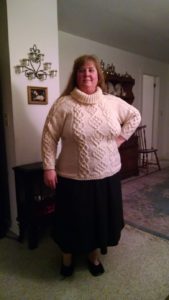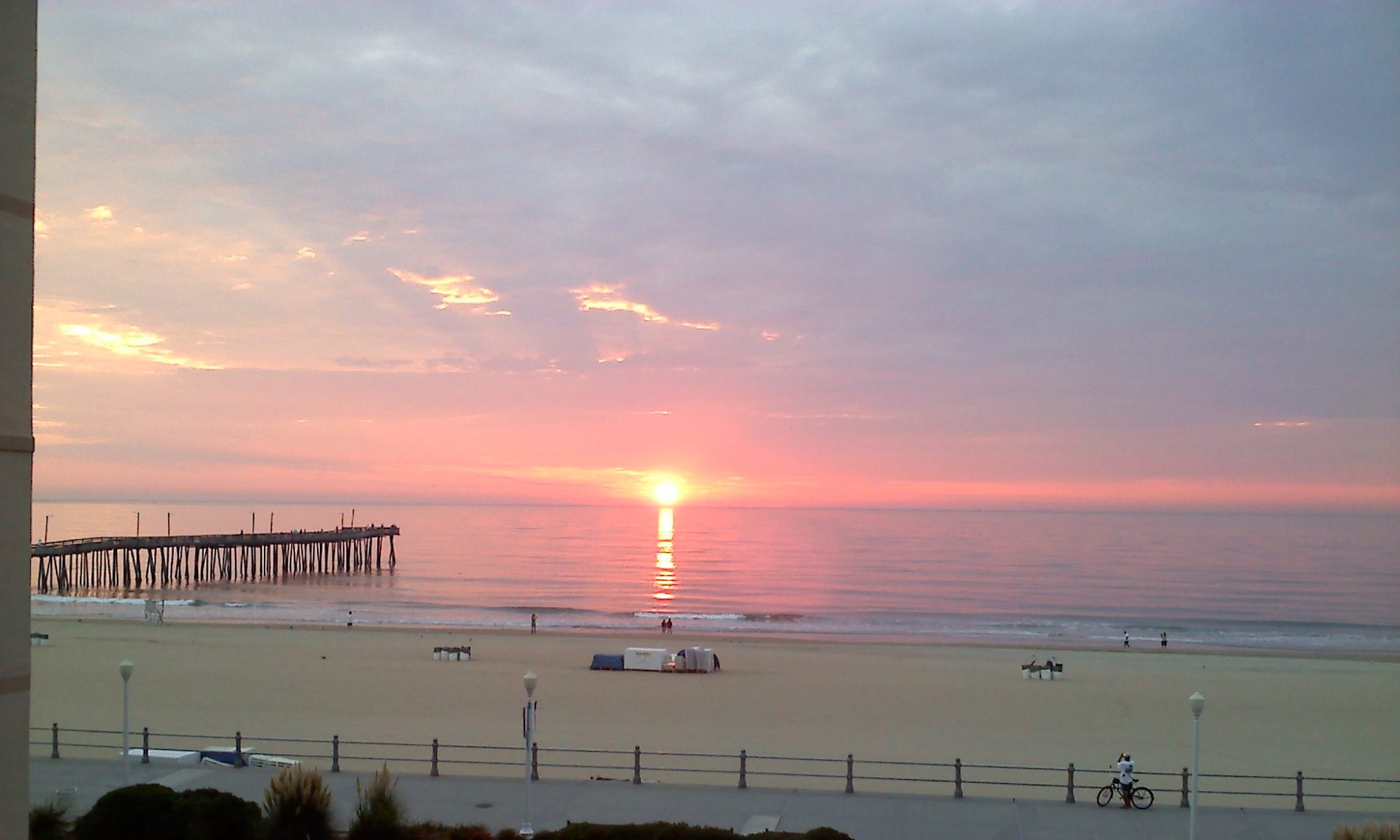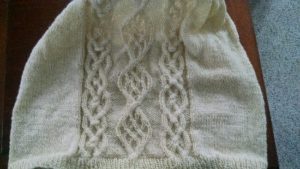 I am too dumb to use a knitting pattern. No, seriously.
I am too dumb to use a knitting pattern. No, seriously.
I will read a pattern, see the gorgeous ways knitters have made it – either exactly or making adaptations and think maybe I’ll try it.
I’ll usually give up before I even cast on. For whatever reason I can almost never see how they got to the end result from the pattern and just throw my hands up.
I’m not trying to show this sweater and say, “This is an easy knit!” It is and it isn’t. The basic template? Lord love you, yes! I wouldn’t hesitate to use the basic pattern as a way to teach anyone to knit a sweater. The basic design is easy, easy, easy, and all it takes is a little math to get a perfect fit every single time. The only real problem is that you’re knitting a lot of stockingette and might die of boredom.
The cables? Yes and no. There was some design and thought that went into picking the cable patterns I wanted to use. (Barbara Walker’s A Second Treasury of Knitting Patterns is an amazing stitch dictionary, and I highly recommend it.) As part of the gauge swatch process, I did practice the cables individually and together to see how they would flow, as braided cables have twenty-four rows per repeat and the lattice diamond in the middle has thirty.
I have wanted a good “fisherman’s” type sweater since forever. But every time I tried one on in the store, the damn things always made me look like a sausage. Size 8 or size 22, never mattered. I could not get a fit that flattered. I’d be constricted in something that fit my body and feeling like I was wearing a box if I got a size up.
I realized the reason after some decades of making my own clothes, getting an intuitive sense of my own tastes and style, and how the eye flows over a garment. I am and always will be, no matter how my weight fluctuates, deep-bodied. Thick design detail as the entire canvas of a sweater won’t look good on me. Framed design elements? Oh yeah, they look great. You’d have to know a lot about sweater design to know that the sweater in that picture is not, in fact, a real Aran.
If I were going to teach knitting, I’d teach it like I teach almost anything. Sure, I’d teach you the skills you need to make things, but I’d also integrate that with lessons in design. I wouldn’t teach how to follow a pattern line by line. Mostly because I don’t know how, but more because I feel like knowing how to create something you want that suits your unique tastes in color, fit, and form, is a lot of what makes knitting amazing and fun. I’d teach why certain element produce certain effects, just as I do when I’m teaching how to make a PowerPoint presentation! But I’d teach that slavishly following directions is not going to get you to a point where you will master your own knitting.
Elizabeth Zimmerman, in her Knitting Workshop intro, actually talks about this. She went through a period in her life following exact instructions when she was knitting, and found later in life that she’d rather lost her knitting mojo because instead of using patterns as ideas and guidelines, she was treating them as something iron-clad and to be followed exactly. It was only when she broke out of that and decided to figure some things out on her own that her own creativity and affinity for design exploded.
Our bodies are different. Your body is different from mine. Your coloring is different and your taste in style and design is, too. So should your knitting not also be different?
I don’t even entirely buy the whole, “It’s too hard to knit without a pattern” thing. Sure, it’s a skill, but knitting patterns as exact directions have really only been with us for a little over a hundred years. Traditional knitting really didn’t so much use patterns as it used recipes. As with the evolution in cooking, we might have access to a better and wider variety of ingredients, but we can alter anything we like to our own tastes to come up with some pretty awesome creations.
I agree with Mrs. Zimmerman. “Be the boss of your own knitting!”

